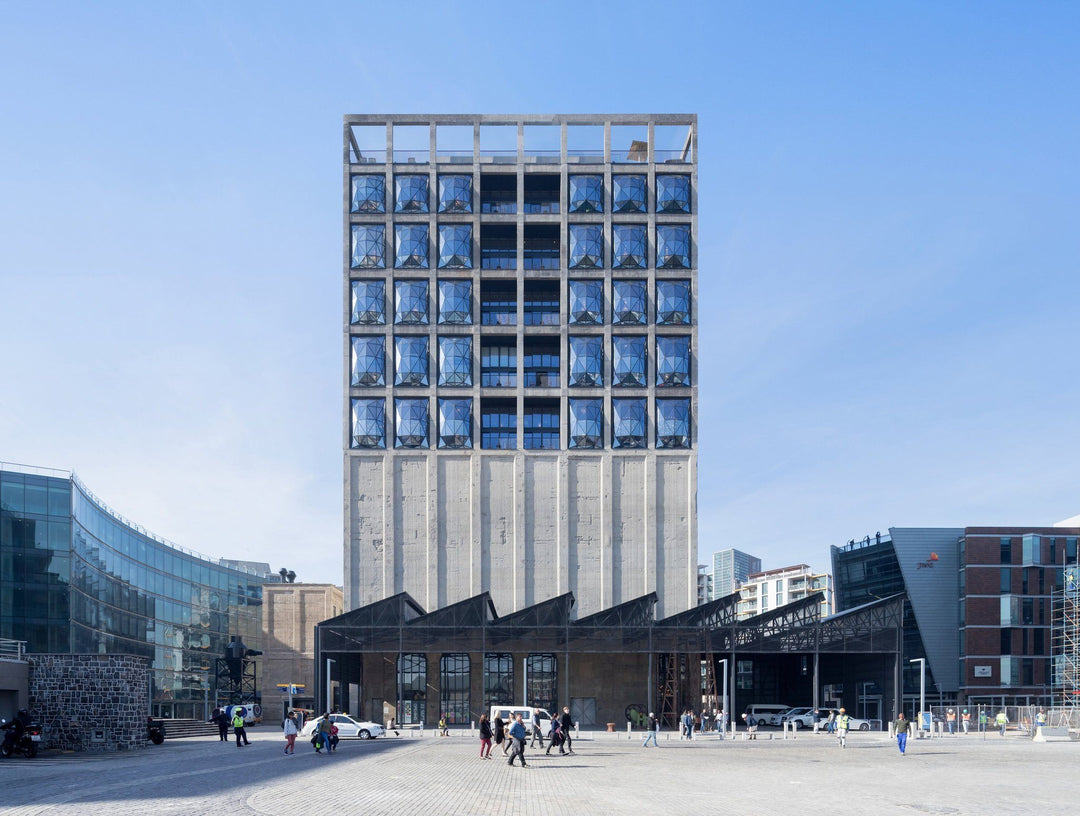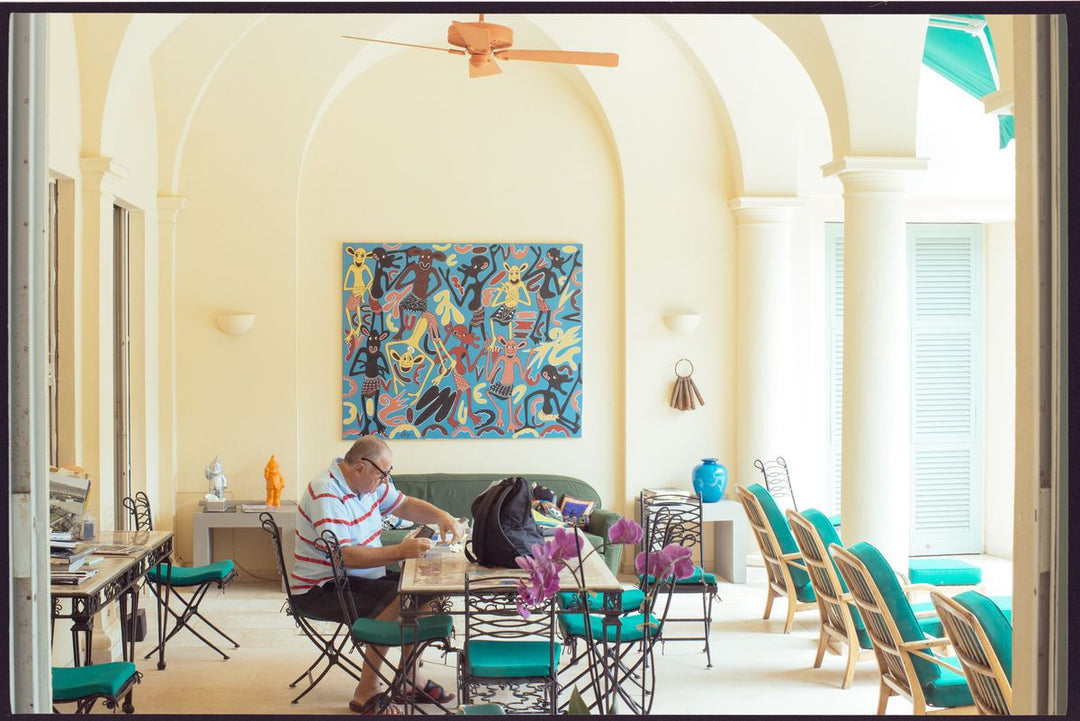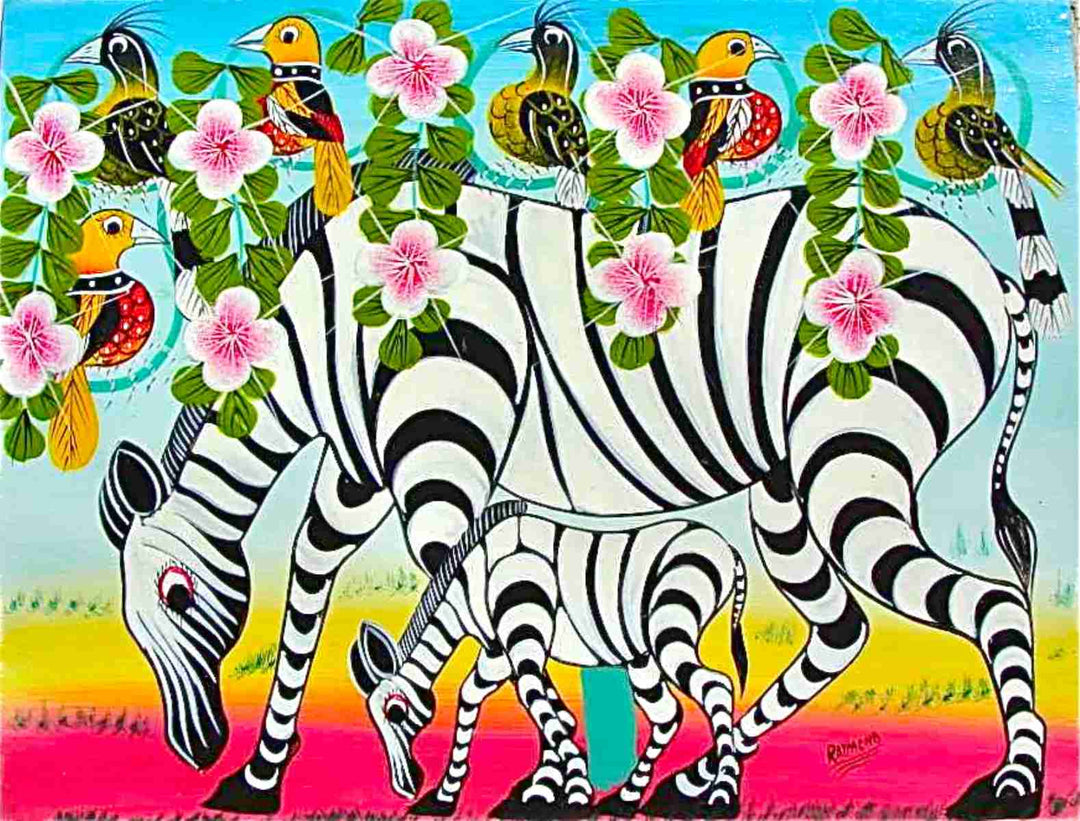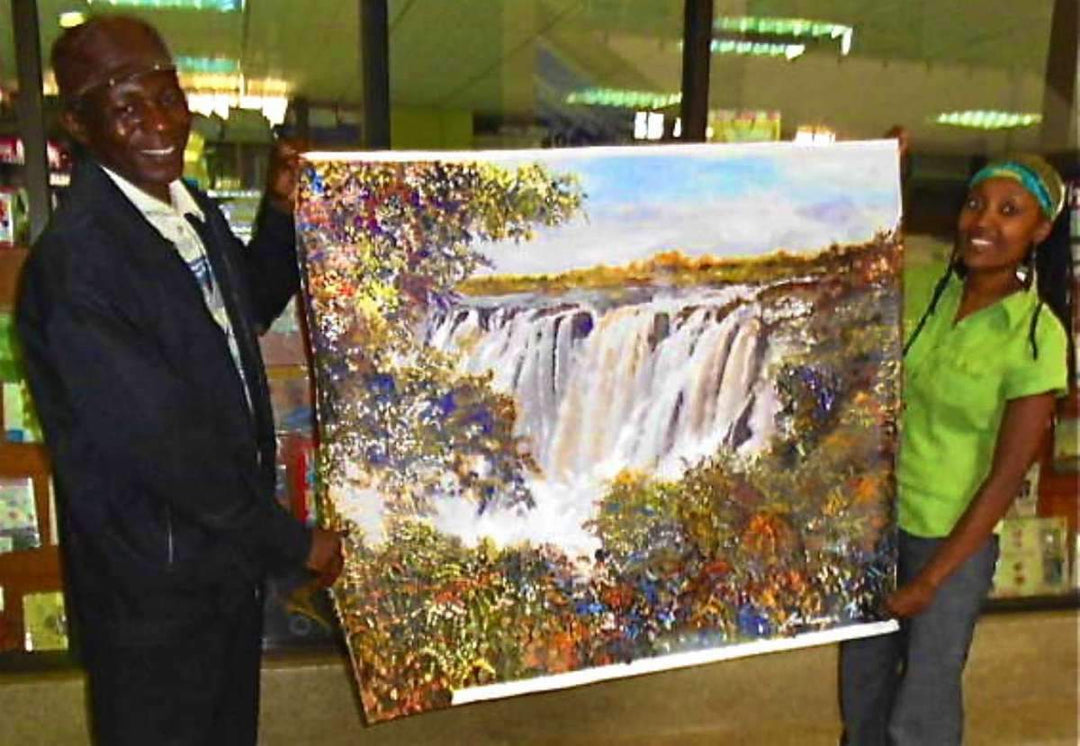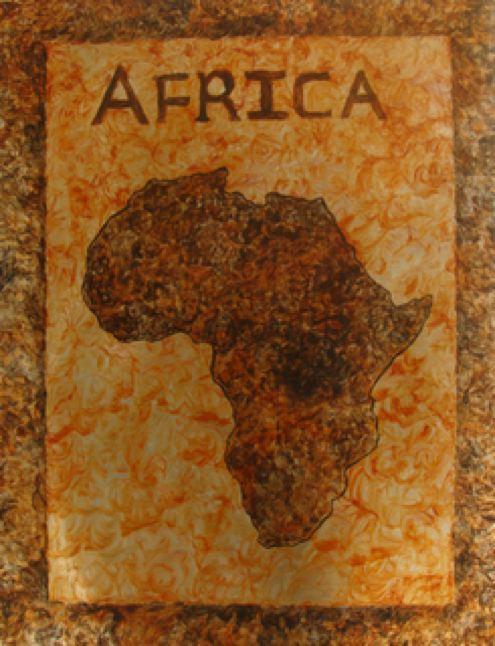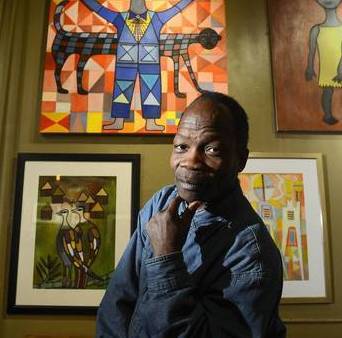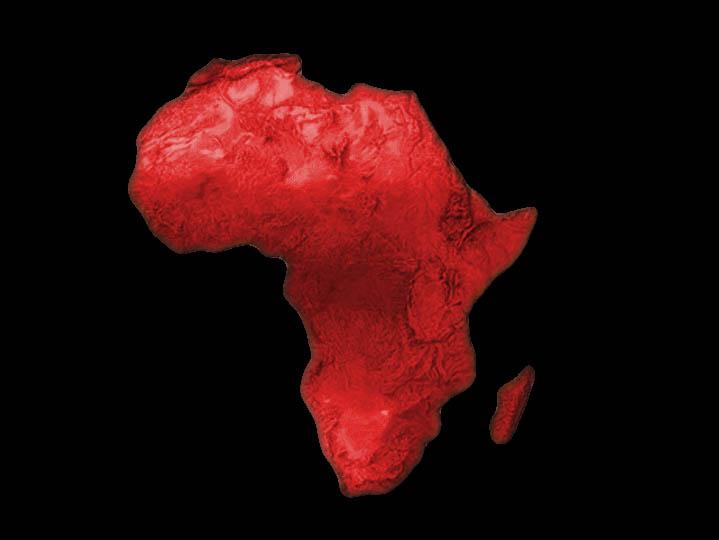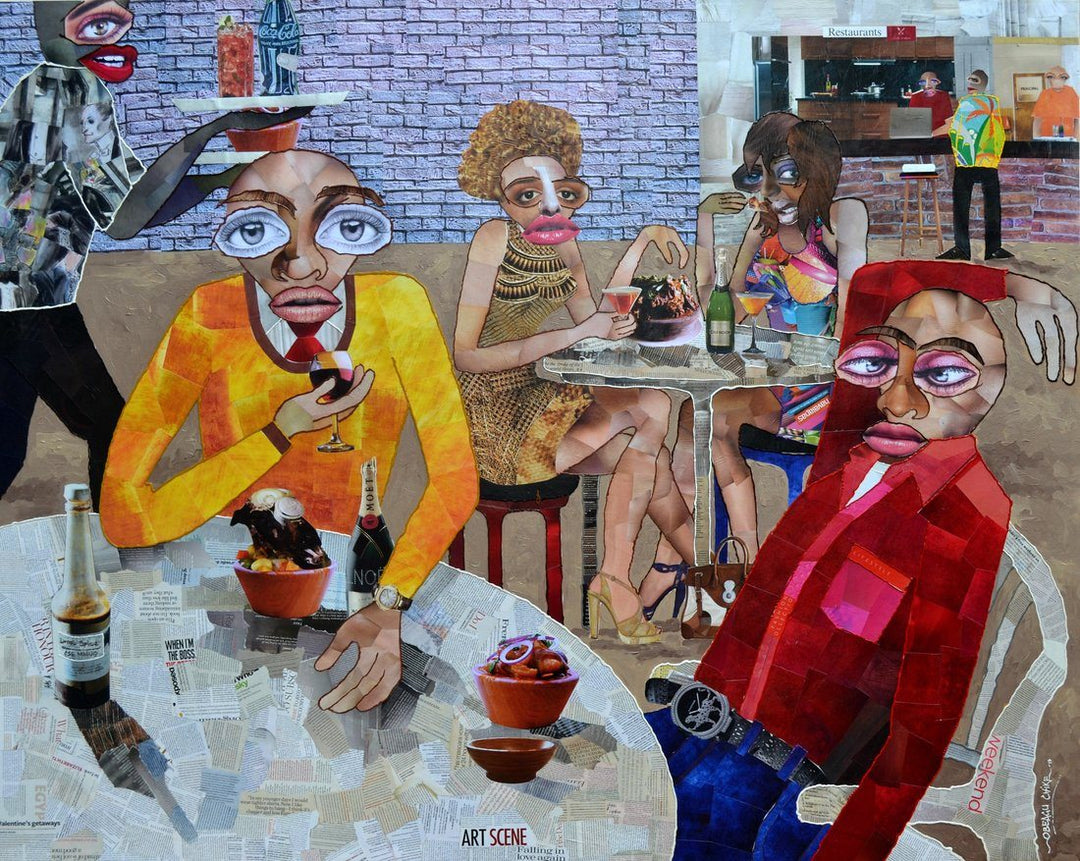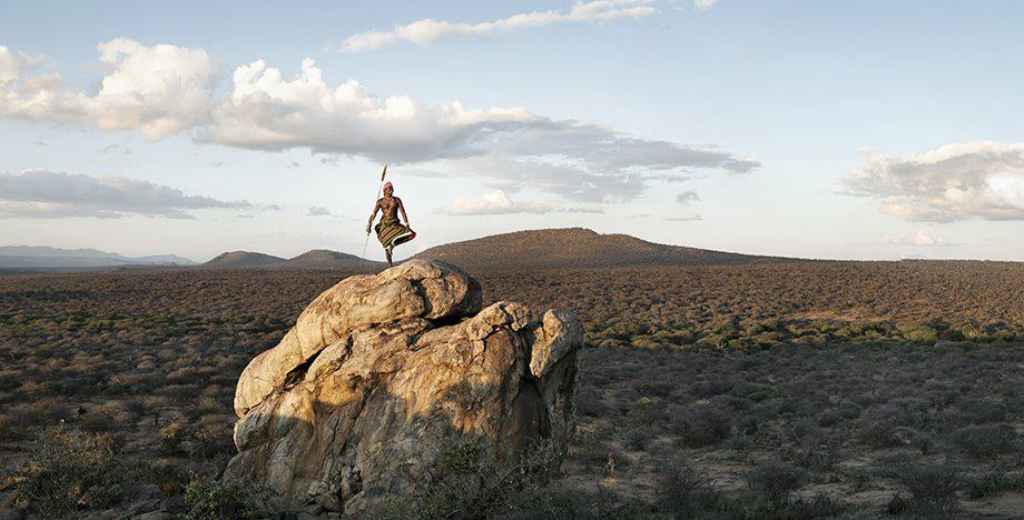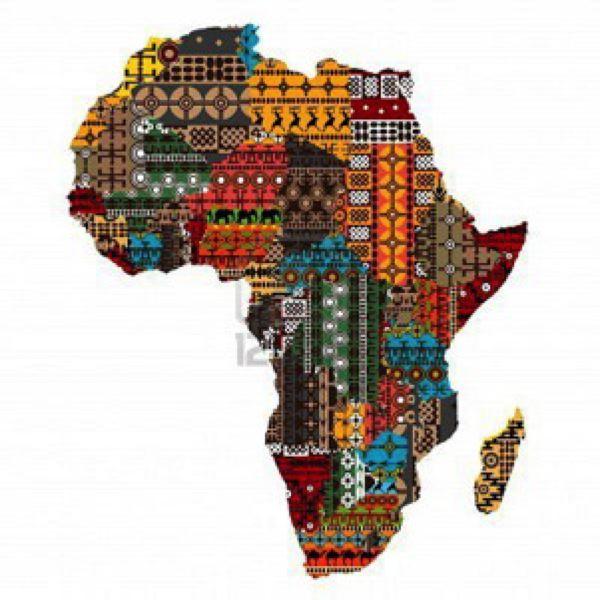People in other countries more often consume the market of contemporary African art than Africans themselves.
Take for example the country of Kenya, in East Africa. You will not find framed, original African paintings in most citizens' homes. Furthermore, Kenyans often do not see African art as an official product, and surely do not view it as valuable now or gaining value over a lifetime. It is unfortunate that in Kenya and Africa as a whole, artists are abundant and their paintings very beautiful, but the public citizen does not recognize their talents. Why is this?


